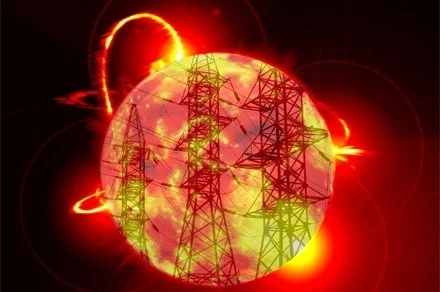CONDITION MONITORING IN AN AGE OF MODERNIZATION How (and Why) to Adapt

The widespread application and use of electricity, which may now seem like a simple commodity, is considered one of the greatest technical developments of all time. However, keeping up with today’s demand for power is anything but simple: a vast amount of resources goes into maintaining a reliable infrastructure.
A century ago, we didn’t have as many assets to monitor and protect against failure - but naturally, as society has developed and adopted technology, our global need for power has expanded, and with that expansion grid infrastructure has also grown. And as the grid grows, it must also adapt as the industry faces new challenges and opportunities, such as supporting modern, renewable resources and large industrial complexes.
The application of digitization and analytics is common in many industries to address evolving demands: enterprises are using automation to manage and troubleshoot networks, substantially cutting down maintenance time and operational costs with around-the-clock monitoring capabilities; healthcare facilities are leveraging data to enhance patient care and improve pharmaceutical ordering; and airline designers like Boeing and GE are using digital twins and virtual replication to transform the way they produce aircraft.
Across the board, industries are leveraging data to drive efficiency, reliability, resilience and better outcomes for customers with one thing in common — proactivity in their approaches. So, if the power industry paved the way for so many of these remarkable evolutions, how are we advancing the way in which we meet our own industry’s needs?
Condition monitoring: What it is and its role in modernization
Condition monitoring—the process of monitoring a parameter related to asset condition to identify a significant change indicative of a developing fault—helps utilities make informed and confident maintenance and repair decisions across all the assets they manage. By collecting comprehensive asset data on an ongoing basis, utilities get deep insights that let them make smart choices and help allocate their resources to the areas that need repairs, maintenance, or other intervention most urgently.
Read full article in the Electrical Reliability Systems Special Edition









